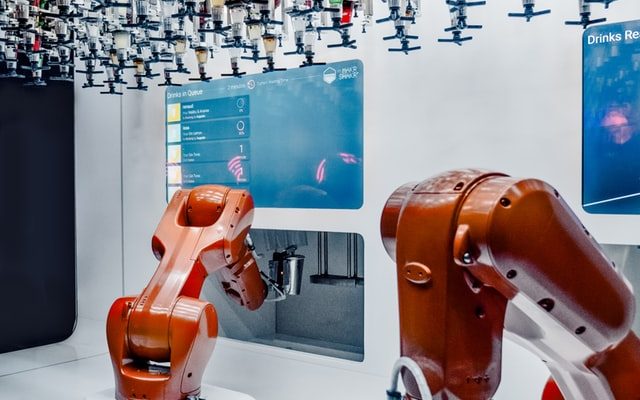In Business, production generally has two techniques;
- Labour Intensive Production aims to use a large workforce to complete work by hand, this usually employs a lot of people to create a product. Some products may be seen to have more value if they were manufactured by hand.
- Capital Intensive Production aims to create a product using as little people as possible, the process could be entirely or partially automated and can sometimes be used to assist individuals in manufacture, such as a custom robotic factory worker that moves parts of a product to assembly, or a robot that screws in multiple screws at once. The aim of these tools is to make the job simple or quicker than manual labour, in order to product multiple product in a given time. Production machinery may be very expensive, but aims to be cheaper than labour intensive production in the long run.

Labour Intensive Production
Labour costs are higher than capital intensive production, however they can vary. If the task is simple then automation may not be necessary. Labour Intensive production will generally have lower running cost than capital intensive production, as workers will perform most of the tasks. Firms can benifit from access to low-cost labour as the job will likely be low skilled.
- Businesses can benefit from premium pricing for ‘hand crafted’ goods.
- There is generally better quality if it is not a fast process.
- Labour costs can be lower if businesses hire on temporary contracts. Individuals will not need to operate specialised machinery.
- Some businesses can use a flexible workforce to make sure that locations are staffed efficiently.
- Labour Intensive production allows for improvement easily compared to capital intensive production.
- Observation is easier.
- Lower Break-even output.
- Labour intensive production is often associated with low tech repetative processes.

Capital Intensive Production
- There is generally a better consistency than manual labour.
- Businesses can loose competitiveness as they are stuck in the same production technique.
- Machinery may become obsolete.
- You can’t make businesses such as a restaurant or hotel capital intensive as customers may feel that their stay was devalued by it.
- May generate resistance from labour workforce when implementing.
- Kanban systems are easier to implement.
- There may be a greater loss if there is a fault.
- Programmed machines do not loose skill and there is no skill shortage for machines.
- Potentially High labour costs if individuals need to maintain complex machines.
- Firms can benefit from access to long term financing.
- Labour is more specialised so individuals are good at their job.
- There is usually longer term benefits.
- Robots do not require pay.
- Costs are mainly fixed.
- There is therefore usually a higher break-even output.